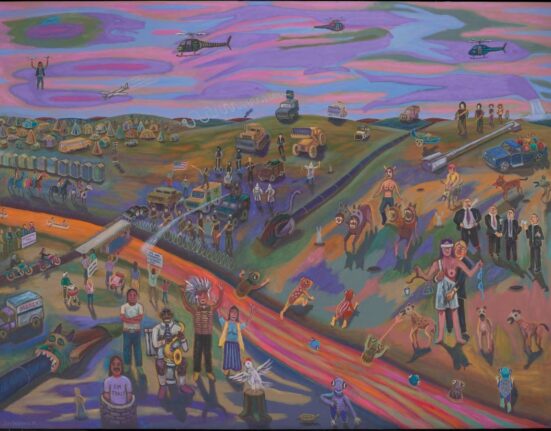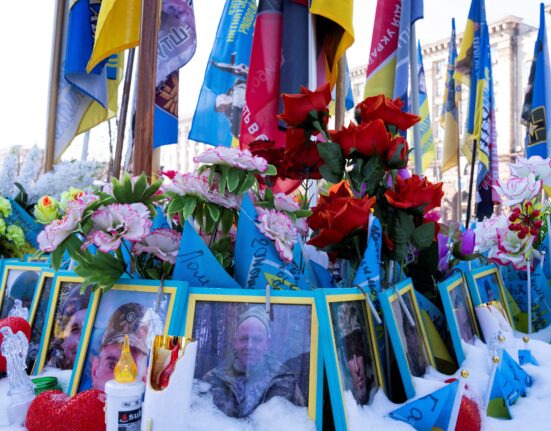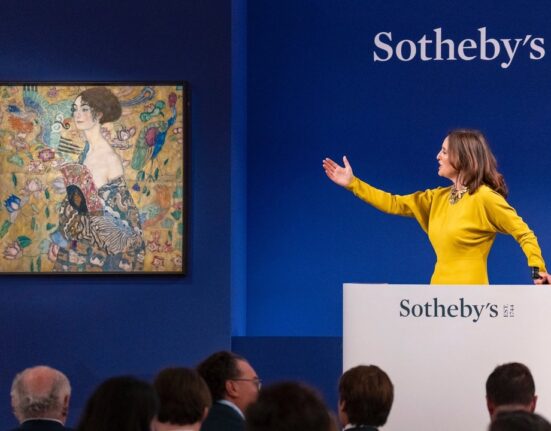The collection of European paintings at the Chhatrapati Shivaji Maharaj Vastu Sangrahalaya (CSMVS) is one of the largest and most important in India, says curator Nilanjana Som. CSMVS has masterpieces from the Renaissance and Baroque eras, along with some Victorian ones which are part of this collection. “People and portraits, historical paintings, religious and mythological stories, scenes from daily life, and landscapes are depicted in these paintings made in the British, Italian, French, Dutch, and Flemish schools. This collection was generously donated to the museum by Ratan Tata and Dorab Tata in 1922 and 1933,” explains Nilanjana.
“As the Tata galleries on the second floor are temporarily closed for reorganization and restoration work, we decided to present our unique collection of European paintings along with some European decorative art objects,” adds Nilanjana.
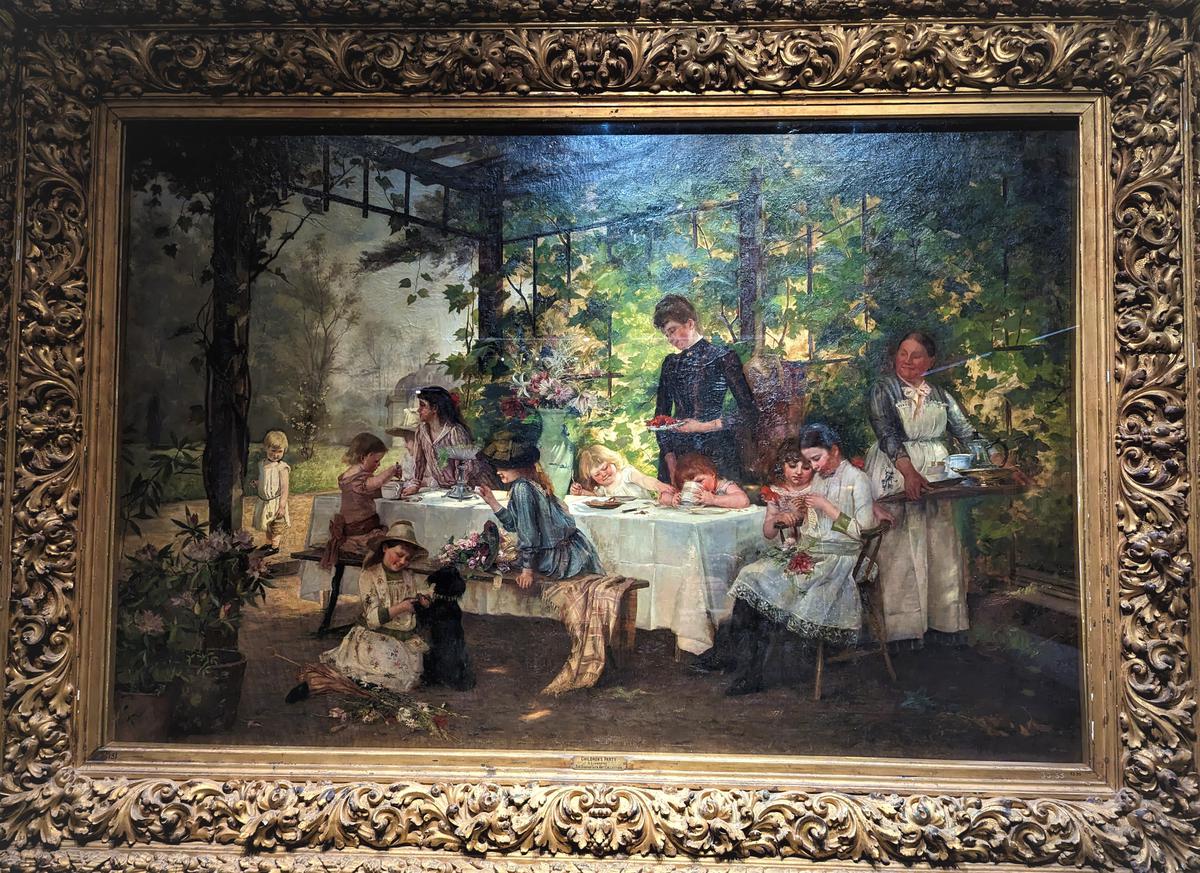
‘Children’s party’, a 20th century painting by German artist Heinrich Schwiering shows many playful children and adults gathered around a table under a pergola.
| Photo Credit:
Purnima Sah
Early in 2024, the museum will open two galleries displaying the masterpieces of over 200 European paintings, spanning almost five hundred years – 16th to 20th centuries CE. “Most of our European paintings which are not exhibited in this exhibition, are bigger in size and height. The European art collection will be placed in a permanent gallery next year,” informs Nilanjana.

A 20th century painting titled, ‘The bandaged thumb’ by British artist Agnes Clara Tatham is featuring her three-year-old niece, Agnes Kjaerulf Knudsen, as the subject.
| Photo Credit:
Purnima Sah
A 20th-century oil on canvas titled ‘Children’s Party‘ by German artist Heinrich Schwiering shows playful children and adults gathered around a table under a pergola. Children are engrossed in various activities like luring a dog, teasing their companions, playing with their toys, eating and drinking.
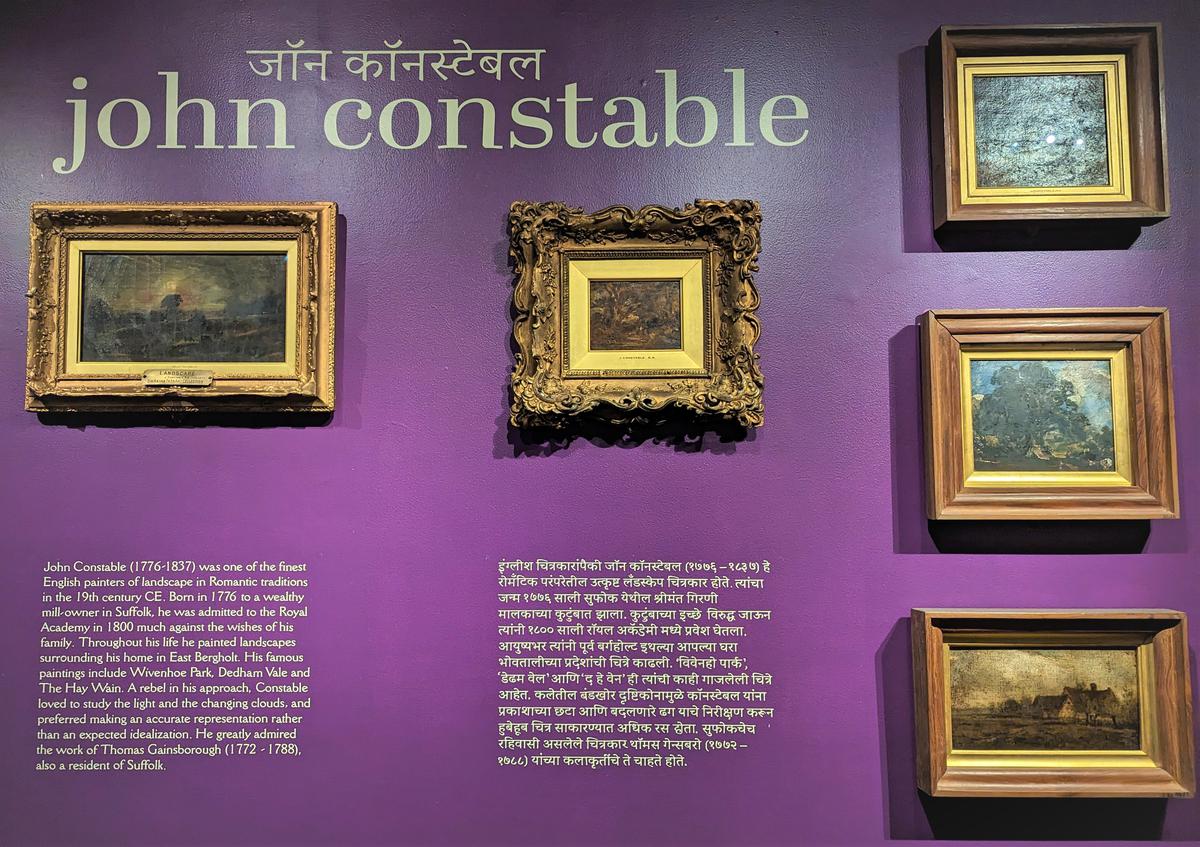
Collection of paintings by artist John Constable who was one of the finest English painters of landscape in romantic traditions in the 19th century.
| Photo Credit:
Purnima Sah
Some paintings have a very personal and emotional journey. From the 20th century, a British painting titled ‘The bandaged thumb’ by Agnes Clara Tatham depicts a cute little girl gazing innocently at the artist. Her eyes seem teary and there is sadness and pain on her face. Once the viewers notice her bandaged thumb, the reason for her sorrow becomes apparent. This poignant portrait by the artist features her three-year-old niece, Agnes Kjaerulf Knudsen, as the subject. Interestingly, Dr. Prasanna Mangrulkar, Assistant Curator of European paintings at CSMVS found out the great-granddaughter of the little girl in the painting and wrote to her. “For curators, these are very special moments as we are able to put a familial and emotional touch to these old paintings. The family was very happy to know something from their family is in our museum,” shares Nilanjana.
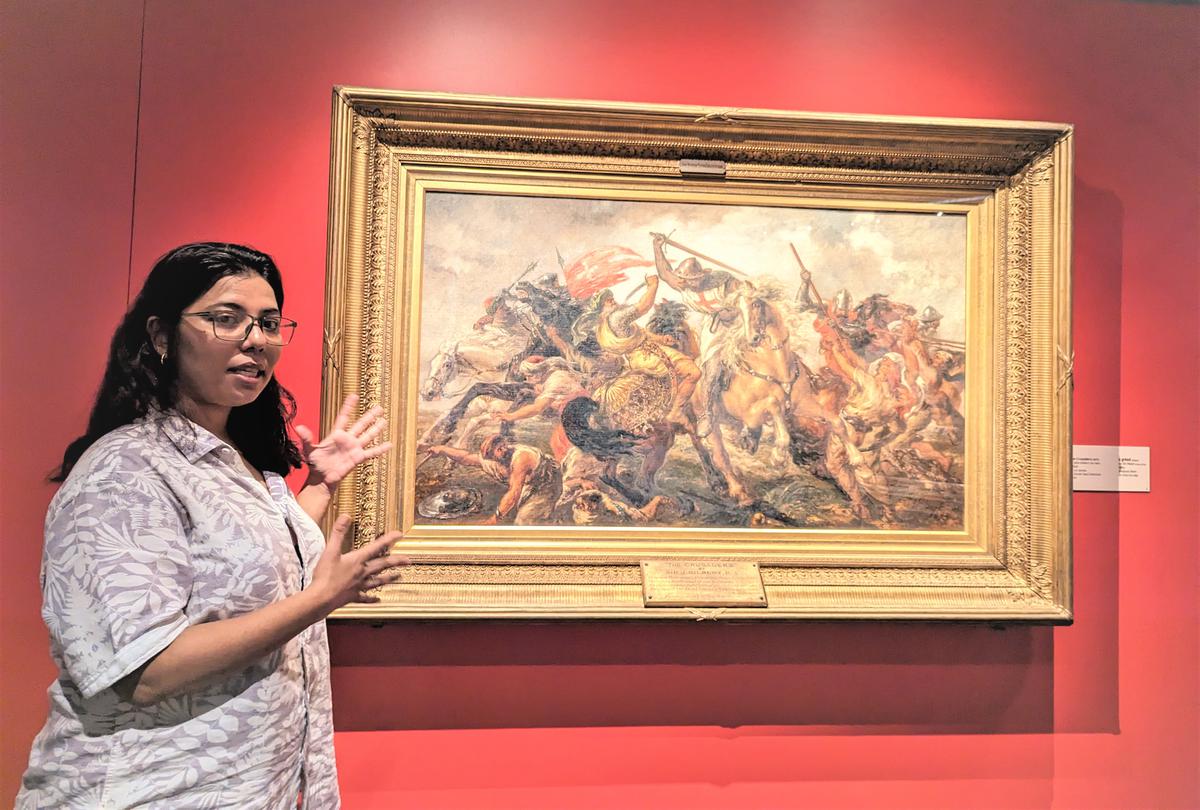
Curator Nilanjana Som explains how the European masterpieces from Renaissance and Baroque eras are restored in the museum.
| Photo Credit:
Purnima Sah
The work of Flemish Baroque painter Hendrik van Steenwijck II highlights architectural scenes and interiors, mostly of churches. Born in Antwerp to painter Hendrik van Steenwijck the Elder, his style closely resembled that of his father. His ‘Interior of a Cathedral‘ painting is similar to another painting titled ‘The Interior of a Gothic Church Looking East’ where he collaborated with Jan Brueghel the Elder. Currently, this painting is in the collection of The National Gallery, London. “Painting religious places was quite a theme back then. Because our conservation team has cleaned the paintings, we can clearly see that the artist had tried to create depth to the ceilings,” adds Nilanjana.
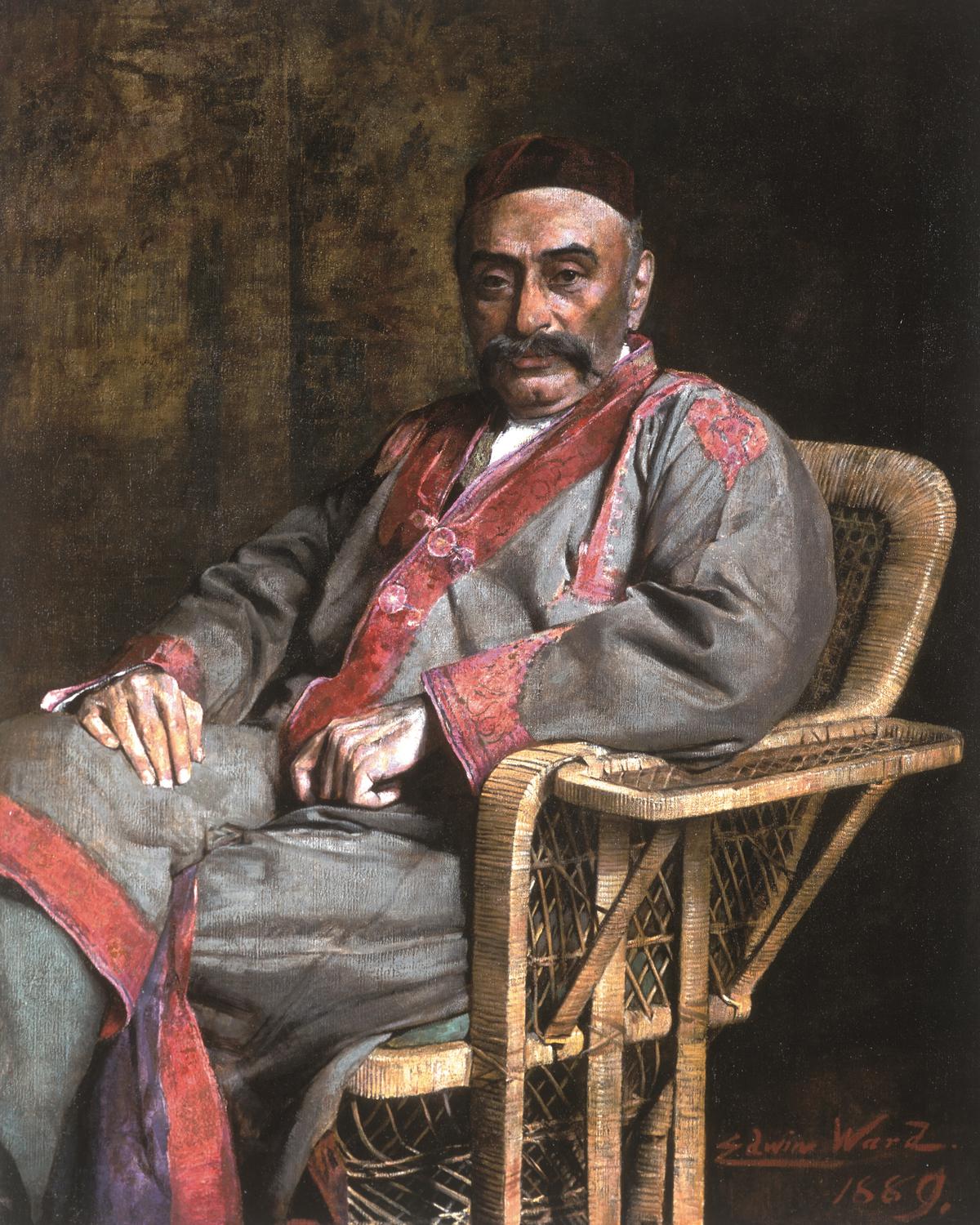
Painting of Jamsetji Nusserwanji Tata, the founder of the Tata Groups, from 1889, by British artist Edwin Ward.
| Photo Credit:
Purnima Sah
From the 19th century, the finest English landscape painter John Constable, known for painting clouds, has received a special section in the exhibition. Apparently, the museum has never exhibited his paintings as they are very small and could have got lost among large-size paintings. But this time determined to put the focus on him, the curator and conservators have devoteda whole section on just John Constable. Five of his six paintings in possession of the museum are on display, including one of his earliest works from 1812 which has his signature. “John Constable was born in Suffolk.

16th century painting titled ‘Interior of a Cathedral’ by Hendrik Van Steenwijck II who was a Flemish Baroque painter of mostly architectural scenes and interiors.
| Photo Credit:
Purnima Sah
His focus was always on landscaping surrounding his home in East Bergholt. His renowned works include Wivenhoe Park, Dedham Vale, and The Hay Wain. He had a deep appreciation of the interplay of light and the ever-changing patterns of clouds. He drew inspiration from the work of Thomas Gainsborough, another Suffolk resident, whom he greatly admired. His attention to detail, and ability to convey the effects of light and atmosphere, set him apart as an exceptional artist,” narrates Nilanjana.
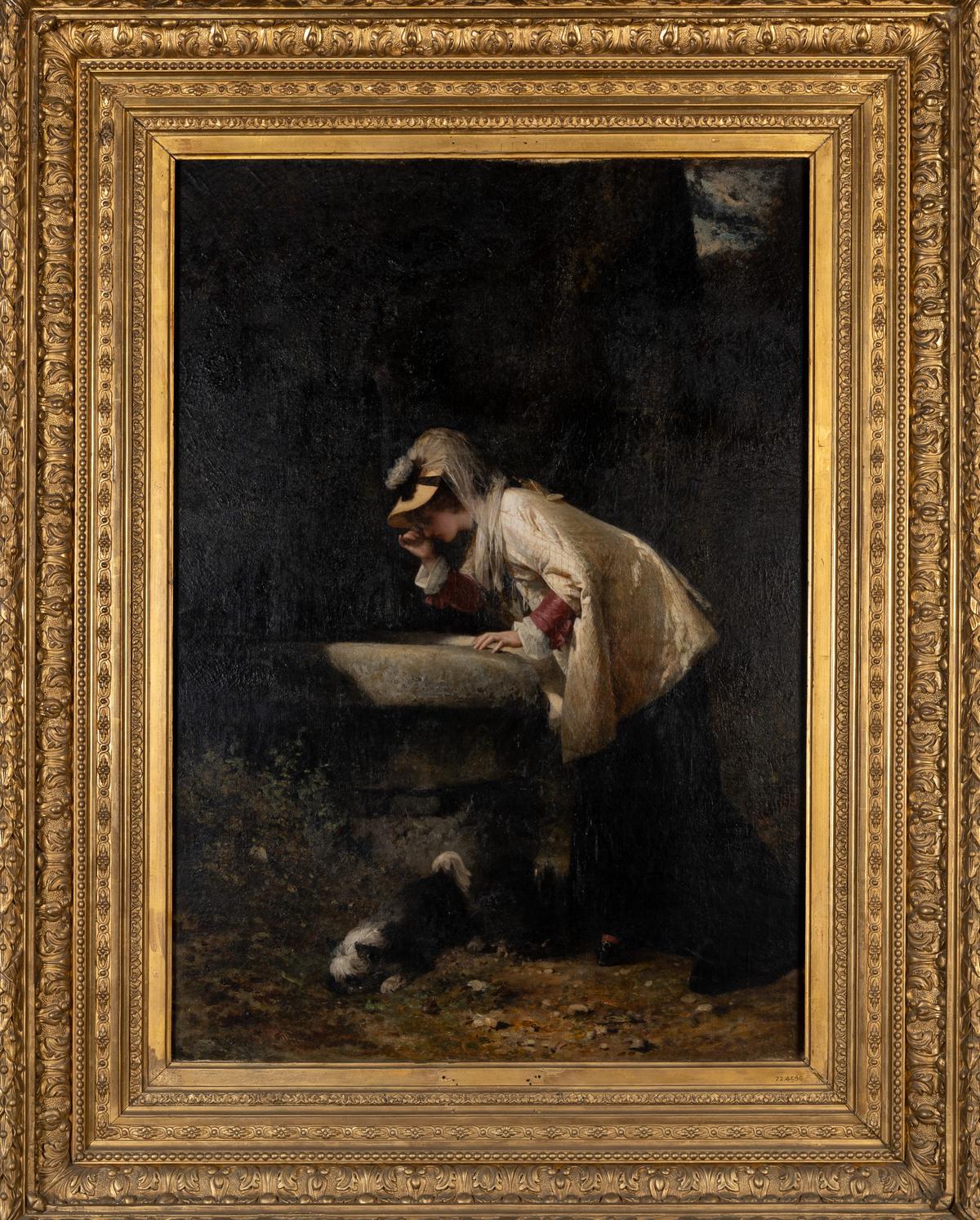
‘Peeping in the well’ is a 19th century painting by François-Claudius Compte-Calix, a French painter of genre subjects.
| Photo Credit:
Purnima Sah
A Greek story titled ‘Phryne in Eleusis’ by Austrian artist Emanuel Oberhauser depicts an annual festival with a scene where courtesans are going for a bath during the festival. Next to this painting are a set of Roman vases and Nilanjana says, “This is actually a copy of an early 3rd-century Roman vase, the original one is in the British museum. This vase was found in some Roman villa. The 19th-century art caught the attention of artisans and collectors and people started making copies of artistic items.” There are a set of rare vases with paintings of battle scenes on them. Such theme were a very common decor in any European house.
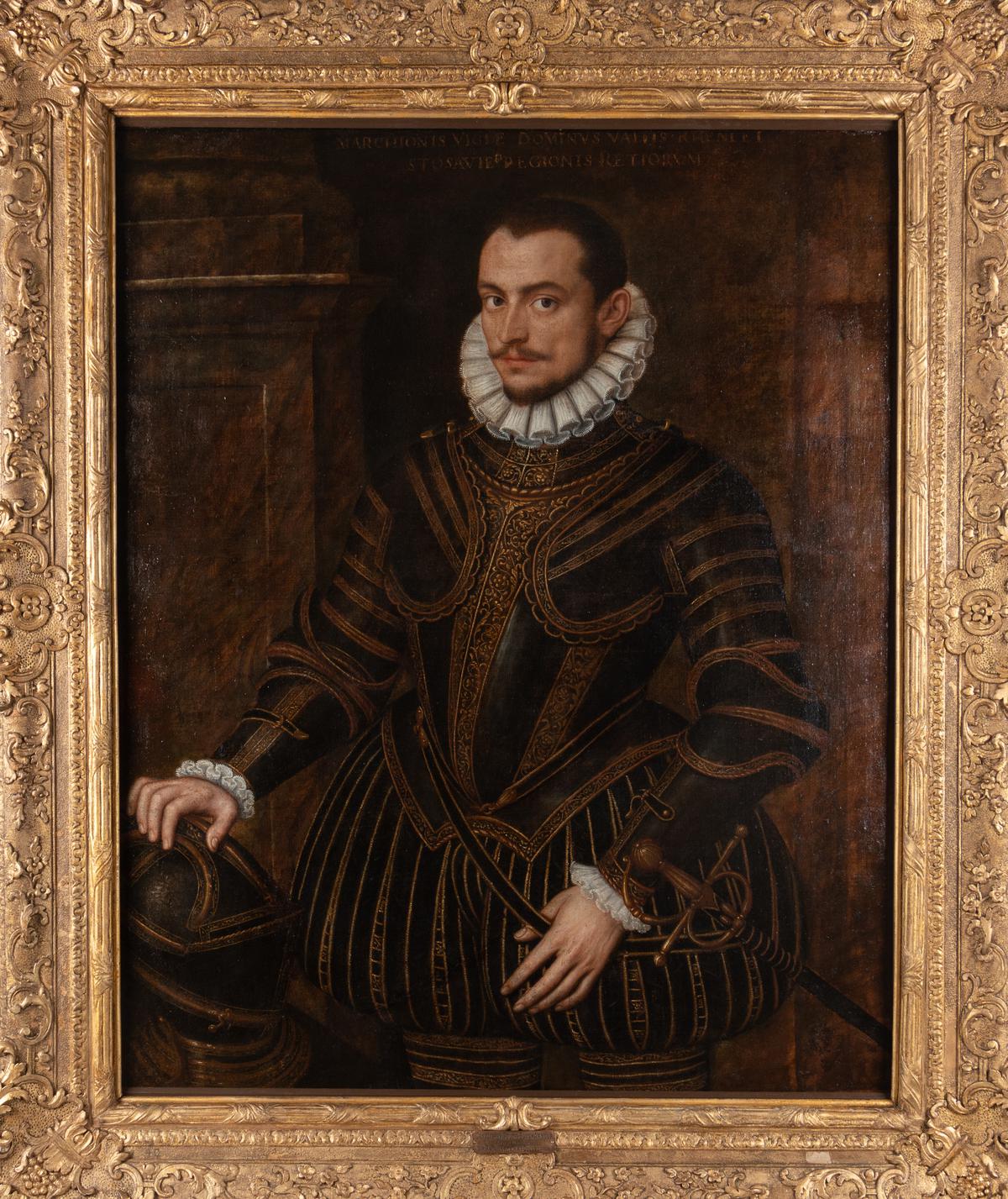
A 16th century painting titled, ‘Cavalier in gold and black armour’ is by Flemish artist Sir Antonis Mor portrays a man sporting a short beard and mustache, gazing confidently at the onlooker.
| Photo Credit:
Purnima Sah
16th-century Flemish painting titled, ‘Cavalier in Gold and Black Armour‘, attributed to Sir Antonis Mor, portrays a man sporting a short beard and moustache, gazing confidently at the onlooker. He is wearing black armour trimmed with a gold braid and padded breeches, a white shirt of which only the ruffled collar and cuffs are visible. One hand of his is resting on the helmet and the other on the strap connected to the scabbard of his sword. Only his face and the hands have been painted in lighter tones while everything else is in uniform darker tones, with a few areas of contrast. “All these details were lost before we managed to conserve this painting,” says Nilanjana.

A painting titled, ‘Gathering Flowers’ by Marie Cazin is probably the only artwork by a woman artist in the exhibition.
| Photo Credit:
Purnima Sah
A painting titled ‘Gathering Flowers’ by Marie Cazin is probably the only artwork by a woman artist in the exhibition. The painting has a scene of women and girls plucking flowers in a little garden of their home.
A portrait titled, ‘Jamsetji Nusserwanji Tata‘ by British painter Edwin Ward shows Jamsetji wearing a Parsi prayer cap, and a woven grey embroidered robe and sitting at ease in a cane chair. He was 50 years old at the time of this portrait. The painting bears a dated signature by the artist and the year 1889 this portrait was done.
Most of these paintings and artworks had been collected during various business trips of the Tata brothers to European countries, says Nilanjana.
‘Masters- A glimpse of the European arts collection’ is on display at the Chhatrapati Shivaji Maharaj Vastu Sangrahalaya museum from 11am to 6pm everyday


